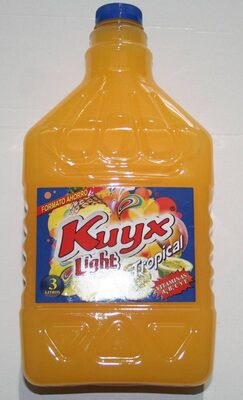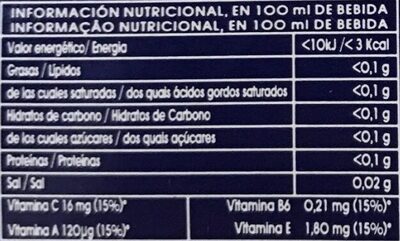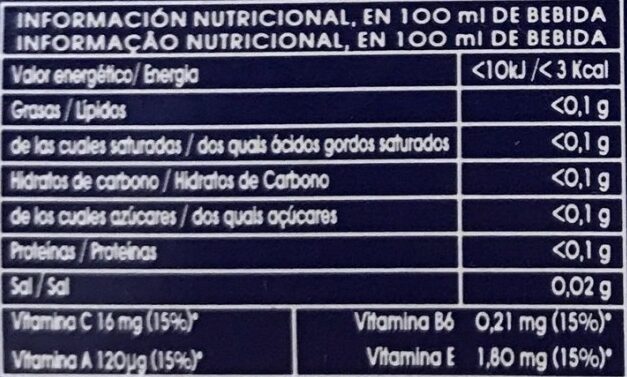Kuyx Light - Tropical - La Flor De Yebenes - 3 L
Aquesta pàgina del producte no està completa. Podeu ajudar a completar-la editant-la i afegint-hi més dades a partir de les fotos ja disponibles, o fent-ne més amb l'aplicació de androide o iPhone / iPad. Gràcies!
×
Codi de barres: 8424240003591 (EAN / EAN-13)
Nom comú: Refrescos sin azúcar con vitaminas
Quantitat: 3 L
Empaquetament: en:Bottle
Marques: La Flor De Yebenes
Categories: Begudes, Begudes carbonatades, Begudes ensucrades artificialment, Refrescs
Etiquetes, certificacions, premis: Lliure de gluten
Enllaç a la pàgina del producte en el lloc oficial del productor: http://www.flordeyebenes.com
Botigues: Carrefour
Matching with your preferences
Entorn
Empaquetament
Transport
Report a problem
Fonts de dades
Producte afegit per elcoco
Última modificació de la pàgina del producte per jinglousse.
La pàgina del producte, també editada per bugmenot, elcoco.1d37b0bb9a51e9cb4ccc2ff7573c282c, kiliweb, roboto-app, thaialagata, yuka.YmY4N0RmVWZpTUFraDhBaDVTMk4yZGt0bHNDbVhrVHZKZEFoSVE9PQ, yuka.sY2b0xO6T85zoF3NwEKvlk1Ofsv5gDzmPRLjsGyA2--8BZLDUPVLz7neN6s.









